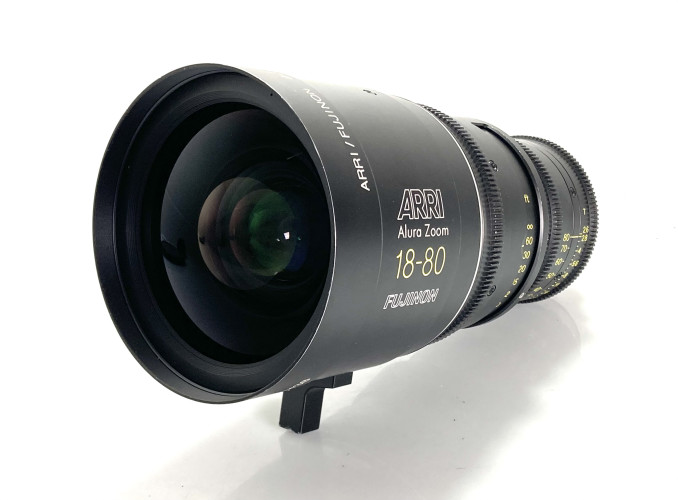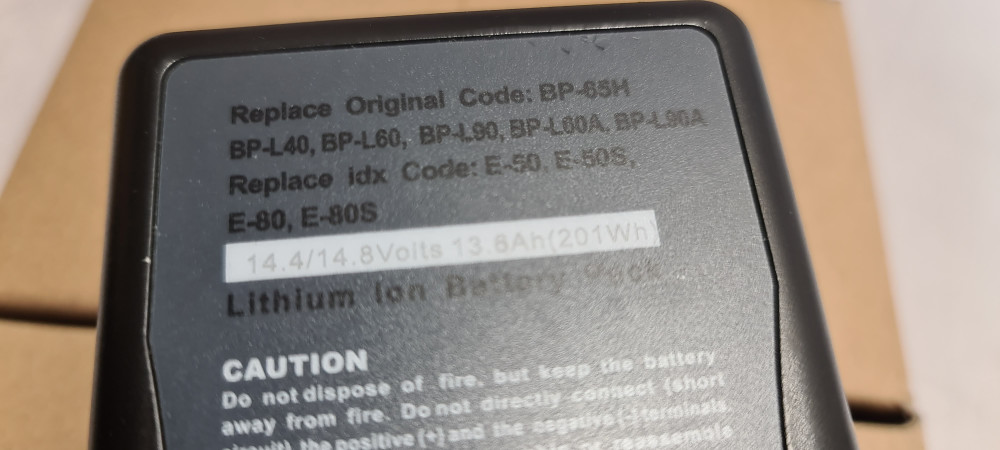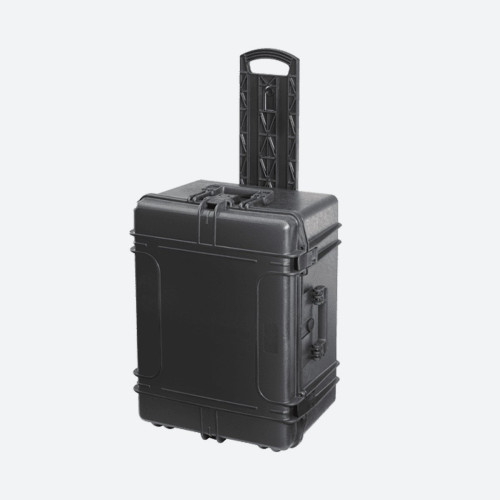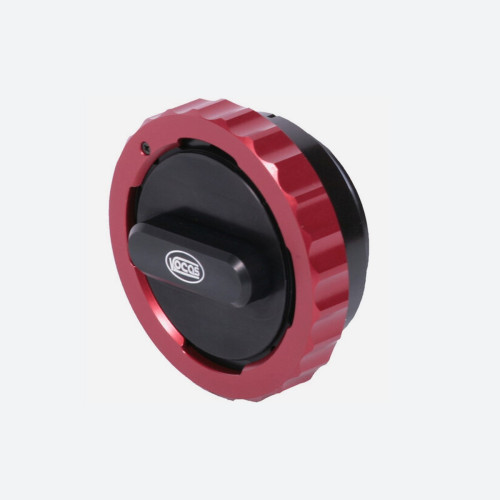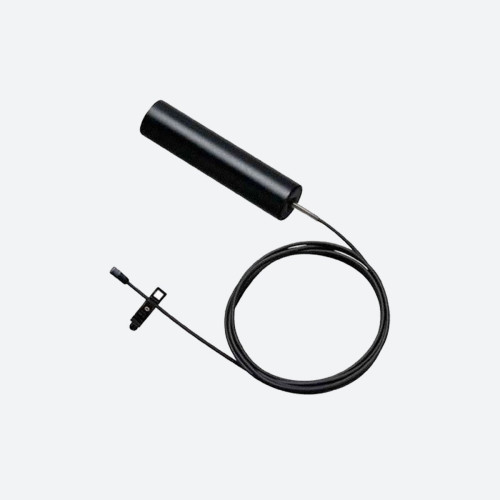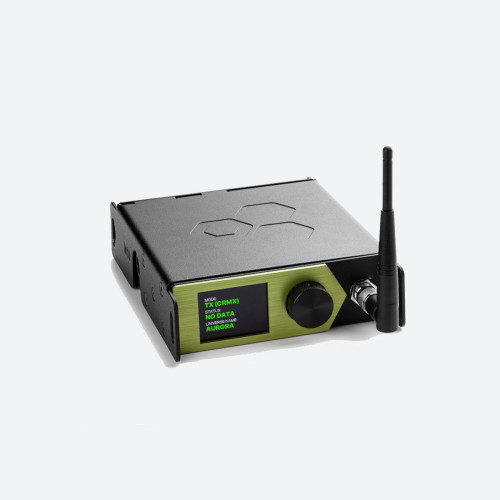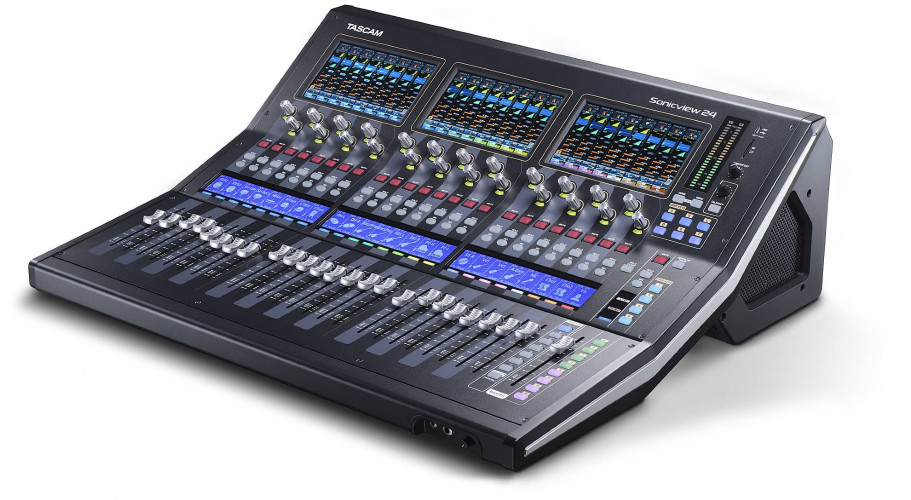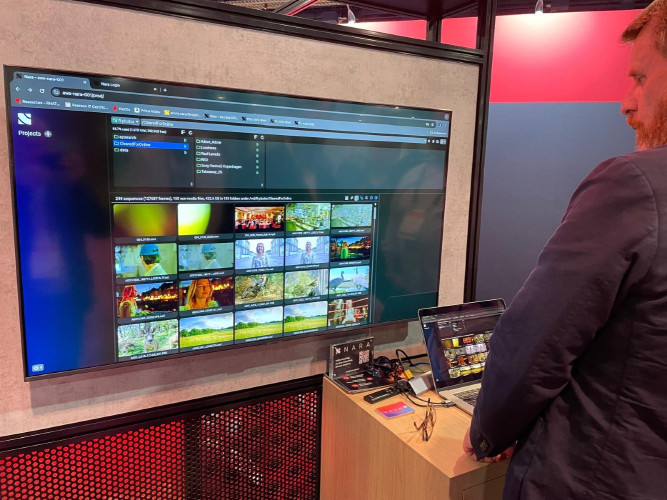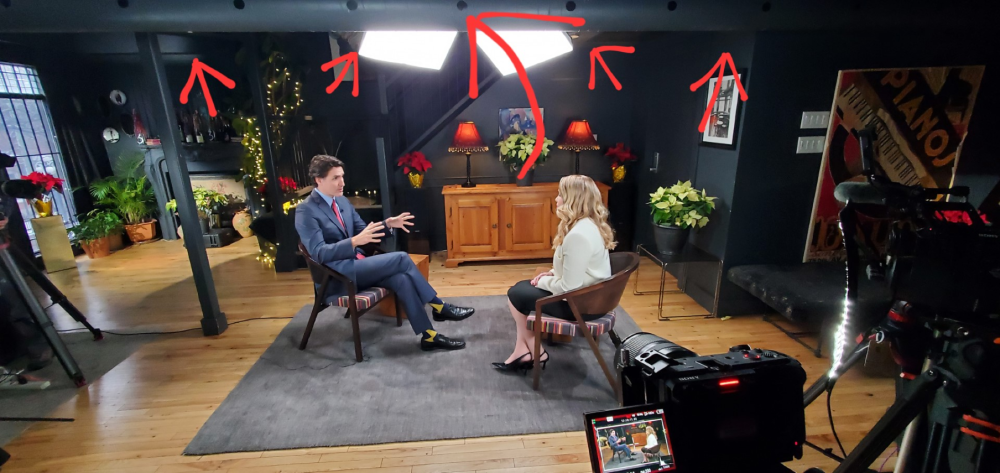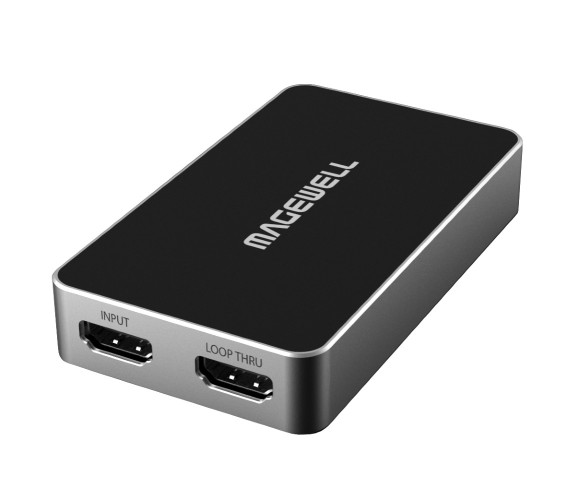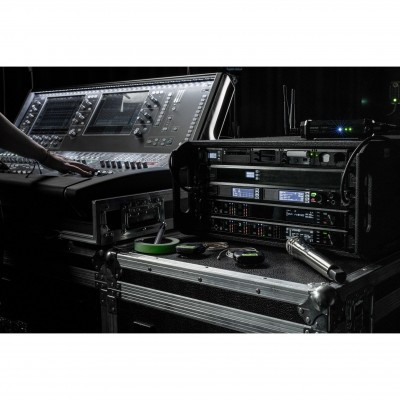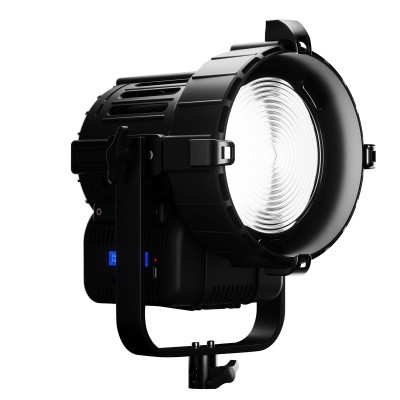Will Strauss captures some decent sound gear

Author: Will Strauss#
Published 1st June 2013
Capturing decent location sound requires skill, experience and, as Will Strauss discovered when compiling a list of recent audio acquisition innovations, piles of expensive kit.
Although some cameramen might disagree, audio is still the most important thing to get right when on location. The odd dodgy shot can, generally speaking, be sorted in post but if you make a mess of your audio acquisition, it is much harder to fix in the edit. And a TV programme is only as good as its sound.
This simple truism may go some way to explaining why location sound is such a money pit. And I mean that with the greatest possible respect. Capturing good audio on location clearly requires a high level of skill but it also needs serious kit: and lots of it. And lots of good quality kit doesn’t come cheap.
Let’s look at an example set up. For a standard factual shoot you probably need a mixer, a multi-track recorder, radio mics, a shotgun mic (plus windshield kit), lav mics, batteries (plus charger and hot shoe for powering), decent headphones, camera loom with return, brace or shoulder bag, cables and a harness.
Want to know how much that little lot might cost? Well a SQN-5S Series II mixer alone will set you back in excess of £3000 new. And even if you go down the second hand route, you’re still looking at least £1500 on TV-Bay.com. You can do the rest of the maths for yourself.
I’m not trying to put anyone off. I just wanted to make the point that audio needs to be good. And to make it good, well that costs money.
In a world where (in some cases) analogue still trumps digital and the kit is very expensive you might assume that audio acquisition innovations are going to be thin on the ground: far from it. While it doesn’t fill the halls of NAB, there’s plenty to keep up with. Here’s six of the best for 2013:
Shure - VP83F LensHopper
Available: Summer 2013
Price: TBD
Video enabled DSLRs might capture great images but they are notoriously bad when it comes to audio. As a consequence most professionals recommend that sound be captured separately. However, if you can combine an on-camera shotgun mic with that ability to record audio independently you do have a compelling alternative. That’s where the Shure VP83F LensHopper comes in. It’s a small HD condenser shotgun microphone with built in flash recording and playback to microSDHC cards. The HHB Flash mic might have been with us for more than a decade but this latest innovation brings that capability, including WAV file capture at 24-bit/48kHz, to on-camera acquisition.
Tascam - DR-60D
Available: Now
Price: $350 (£225)
If you do go down the separate audio route when shooting with a DSLR, one new option is Tascam’s DR-60D. This is a 4-track solid-state recorder that makes the most of high-grade HDDA pre-amps and Tascam’s renowned AD converters to capture 96kHz/24-bit high quality audio to SD/SDHC cards. It features two 1/4\" XLR inputs – each supplying +48V Phantom Power - plus a 3.5mm stereo mic input. Amongst the outbound options is a Camera Out socket equipped with a volume control to ensure a quality reference track is recorded onto the camera.
Zoom - H6 Handy Recorder
Available: TBD
Price: TBD
Zoom recorders are familiar and well used by the broadcast industry but this latest development looks interesting for two reasons: one it has four XLR inputs. And two, you can change the mic to suit whatever you’re doing. The battery operated H6 comes with a mid-side mic and an XY mic plus there’s an option for a shotgun mic. In total it can handle six channels of simultaneous recording, capturing HD audio up to and including 96kHz/24-bit.
Zaxcom – MAXX
Available: Now
Price: $2,395 (£1500)
Announced last year but only just shipping (and still not yet available here) the Zaxcom MAXX is a hybrid machine combining a channel mixer, wireless transmitter, multi-track recorder, time code reader/generator and time code slate all in a single device. Within that you get four XLR inputs (complete with phantom power and pre-amps) and the ability to record a two-channel mix output to a CompactFlash or SD card at up to 192 KHz/24-bit. A built-in Zaxcom digital wireless stereo transmitter carries two channels of audio and SMTPE timecode to any Zaxcom ENG style receiver. It looks pretty nifty (although for mixing multi-track audio for TV, Zaxcom’s Nomad may still be the way to go).
Ambient Recording - Quickpole QS
Available: May 2013
Price: $932 (£600)
Yes, it’s a boom pole: a big old stick that you put a mic on the end of. But don’t underestimate the quality or effort that goes into making one – especially the Quickpole QS. Described as the company’s ‘masterpiece’ this is handmade (yes, handmade) from pre-preg carbon fibre. Ambient themselves admit that this is “an extremely time-consuming way of production”. However, because it gives them the chance to design the tube characteristics layer-by-layer they reckon they’ve created a boom so stiff, lightweight and well balanced that the boom op can “control his microphone like a surgeon controls his scalpel but from an 18 feet distance.” Sounds impressive.
Denecke and Timecode Buddy - TS4
Available: TBD
Price: TBD
This is another hybrid device: a Denecke TS-3 slate with an integrated Timecode Buddy WiFi Master that allows the user to sync and communicate with the MovieSlate tablet app. In essence it provides the slate, clapperboard and logging functionality available on the iPad but in a far more robust device that also generates accurate timecode. At NAB it was only shown as a prototype but it’s nice to see two supposed competitors working together for the common good.
There’s more of course. The Timecode Buddy ‘mini’ line looks really interesting as does K Audio’s RemoteMix 2, a two-channel field mixer and headphone amplifier that includes a communications interface for remote broadcast or backup audio. Then there are other innovations - like Sound Devices’ 664 field mixer - that are no longer brand new but are still generating interest. But if I start detailing them all we could be here until next NAB so I’ll leave it there.
Of course, great kit alone won’t get you great quality audio. You also need to watch the camera, know your lenses, make proper use of the boom, tie the audio to the narrative, ensure that contributors feel comfortable, and so on.
But spending some serious money will definitely help.



